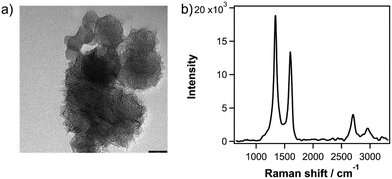Elucidating the electronic properties of single-wall carbon nanohorns

Single-walled carbon nanohorns are an allotrope of carbon with promising properties for a variety of applications. Despite their promise, the majority carrier type (i.e., electrons or holes) that defines the electronic properties of this novel semiconductor is poorly understood and so far only indirect measurements have been employed to arrive at contradictory results.
Here, we directly determine the majority carrier type in single-wall carbon nanohorns for the first time by means of thermopower measurements. Using this direct method, we show that SWCNH films exhibit a positive Seebeck coefficient indicating that SWCNHs behave as p-type semiconductors. This result is further corroborated by intentionally tuning the hole or electron concentrations of SWCNH layers via redox doping with molecular electron acceptors and donors, respectively.
These results provide a framework for both measuring and chemically tuning the majority carrier type in this emerging nanocarbon semiconductor. The paper appears in the Journal of Materials Chemistry C.
More information: Anna Zieleniewska et al, Elucidating the electronic properties of single-wall carbon nanohorns, Journal of Materials Chemistry C (2022). DOI: 10.1039/D2TC00179A
Provided by European Research Institute of Catalysis



















